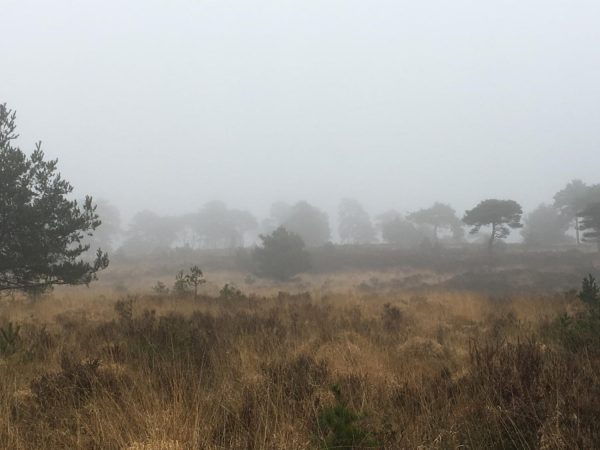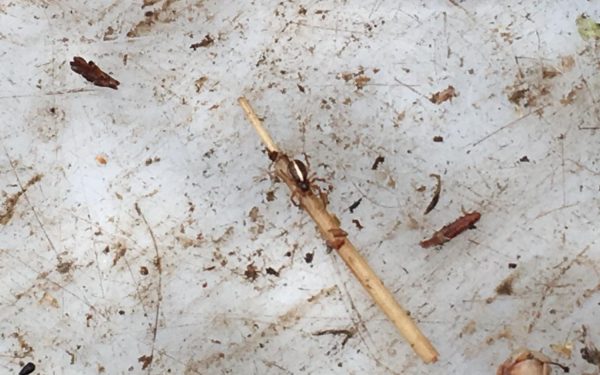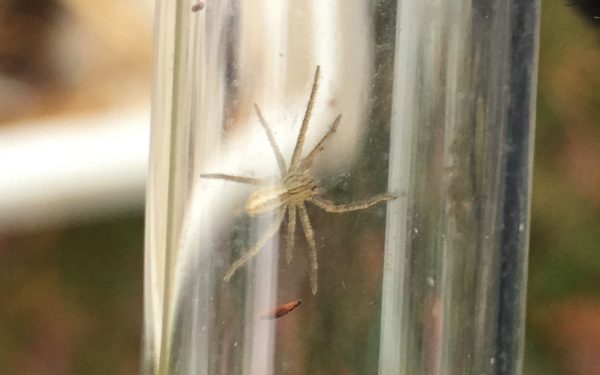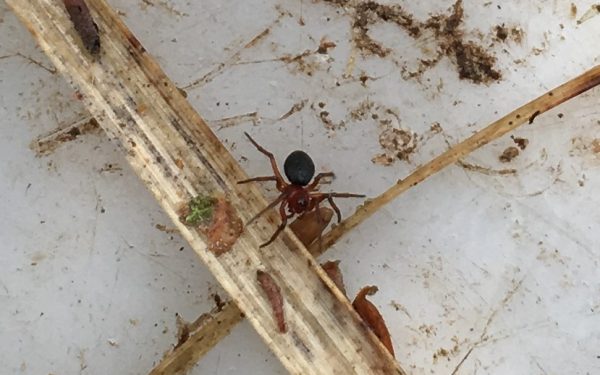It’s easy to think of winter as downtime for wildlife. Those with any sense have headed to fairer climes or are doing their best to just sleep the whole thing off. I’ll admit, I have been guilty of frivolously declaring winter my very worst season, and then I realise all I really need to do is put on another pair of socks!
In a few months’ time, as summer-migrants begin to stream back to the UK and woodland flowers race to bloom before the trees come into full leaf, I will be leading my first holiday around my home patch of Sussex. Things will undoubtedly look and sound a little different in April, but here is a wintery introduction to some of the sites we will be visiting: a warm up, if you will. I wish it would warm up.
A wetland gem with an evocative name to boot, Amberley Wildbrooks is an important site for rare invertebrates, breeding waders and an interesting array of wetland plants. A visit to the Wildbrooks in winter is often bracing, and always muddy. With last month’s floodwaters receding there were still plenty of whistling Wigeon and Teal, Lapwing and Starlings on offer during my recent visit, along with ever-vigilant Stonechats posing on seedheads.
Amberley holds a little bit of raptor heaven and whilst I didn’t find a Hen Harrier this time, there was some consolation amid numerous Red Kites, Buzzards, Sparrowhawks and Kestrels.
A little further along the Arun Valley, I was treated to a Stoat confidently bouncing away from me, before spotting Sussex’s wintering flock of Bewick’s Swans: this year numbering just three. Research suggests that Bewick’s are starting to shun the western part of their winter range, choosing instead to remain further east in Germany, and the reducing numbers in Sussex certainly reflect this.
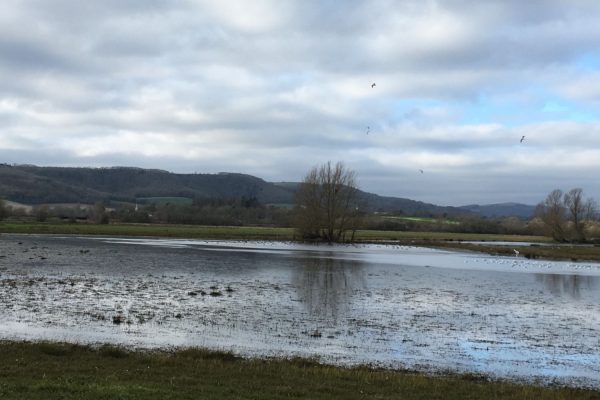
During a recent winter bird survey I bumped into a fine Red Deer stag along with two of the Tamworth pigs contentedly trawling their way through the heavy clay. These are two of the ‘mega-herbivores’ providing the disturbance element of the process-led approach to conservation at Knepp, as they graze, browse, rootle, barge and rub their way through the vegetation.
The winter thrushes have well and truly arrived now, and there was an element of taunting in the ‘tseeps’ of the Redwing, secure in their many hiding places in the surging scrub. Usually shy Bullfinch were out in numbers, and a couple of Snipe reluctantly retreated from behind a tussock, whilst a large flock of Stock Doves hopped between woodlands.

It turns out January is a great time to look for spiders! A Saturday stroll saw me joining ecologist Graeme Lyons on a mid-winter spider mission in the centre of Ashdown Forest. With a chilly mist in the air, Graeme fired up his trusty suction-sampler to ‘coax’ a number of interesting arachnids out of the sphagnum. These included a range of specialists of the mire and heathland habitats found at Old Lodge, such as the nationally scarce Hypselistes jacksoni and the striped Hypsosinga sanguinea, both found in damper areas.
At this time of year there were many juvenile spiders around, including a handsome Green Huntsman Spider Micrommata virescens, a species I have seen in other parts of Europe but never so close to home. These ambush hunters are the only member of their family (Sparassidae) found in Britain and as the name suggests, will be a vibrant green when mature.
Pressing on with my walk I spotted a noisy gang of Goldcrests feeding together in the trees, with Siskins calling from somewhere in the mist, before it was time to find that extra pair of socks. My first singing Woodlark of the year would have to wait for another day.
